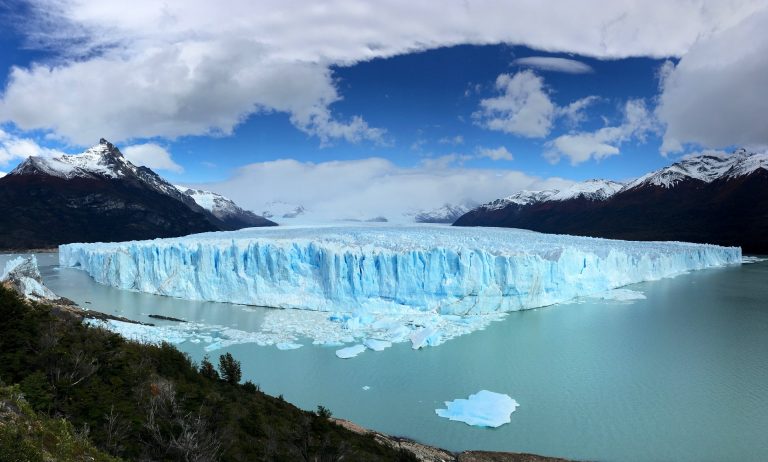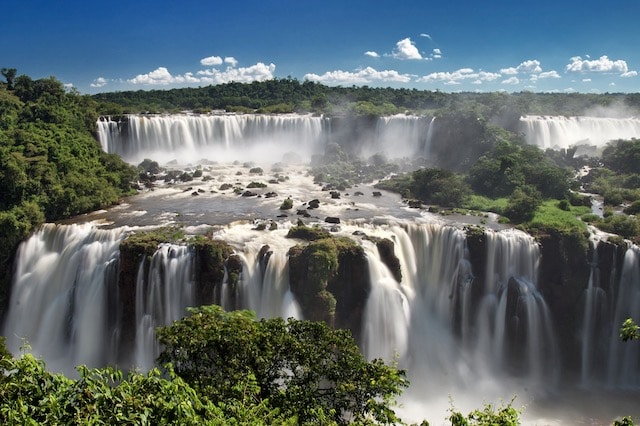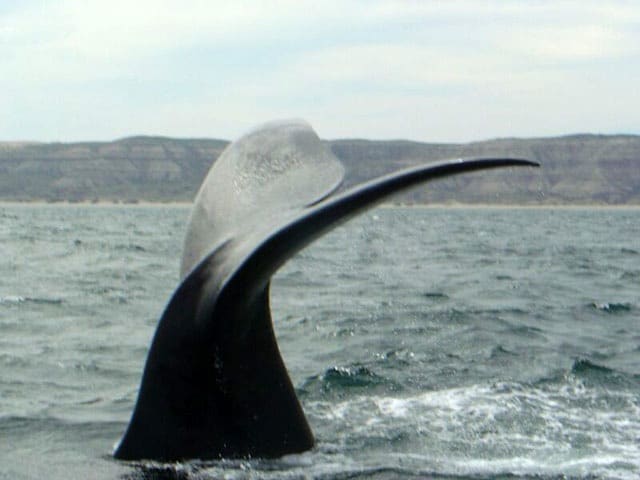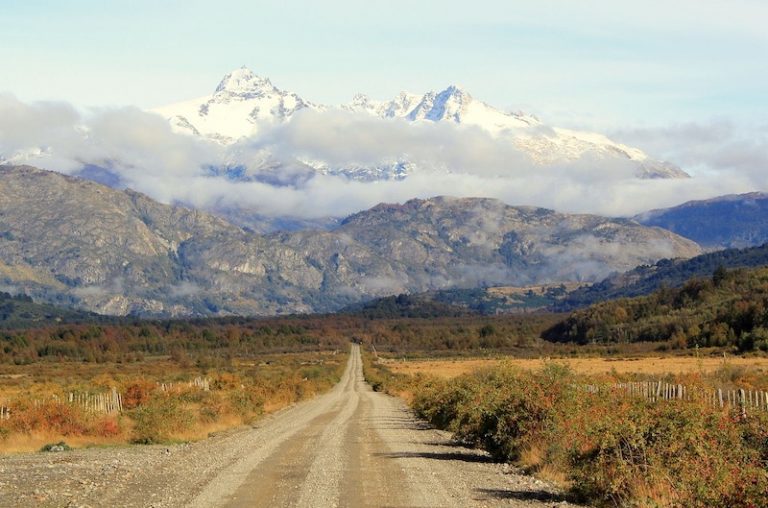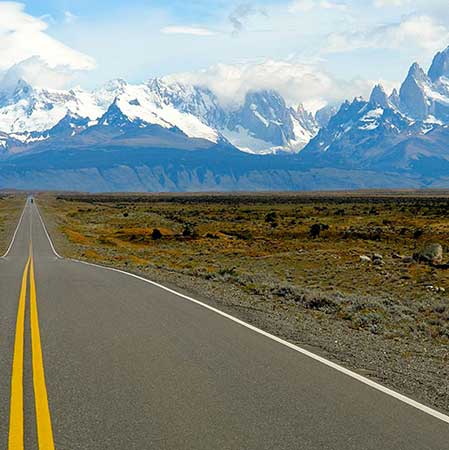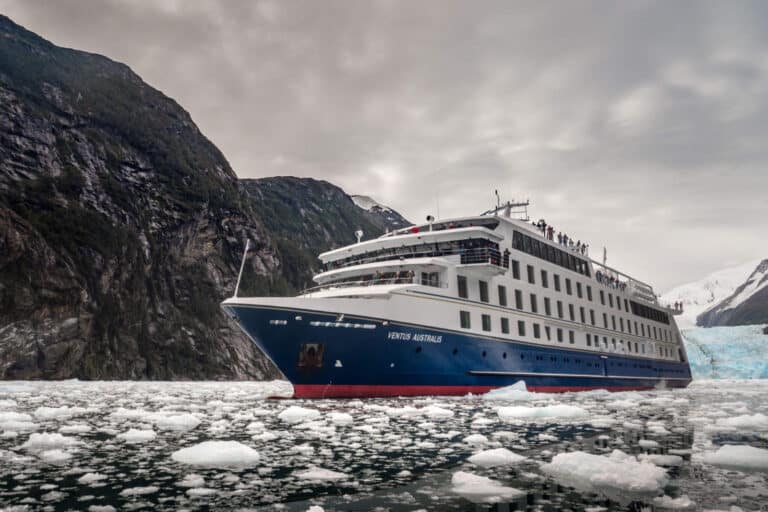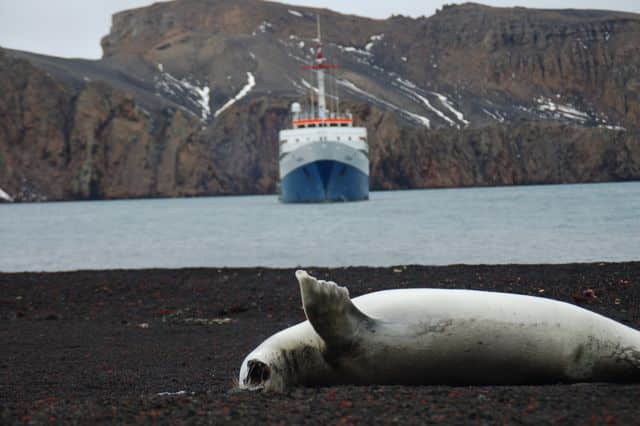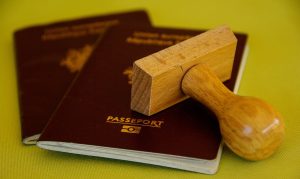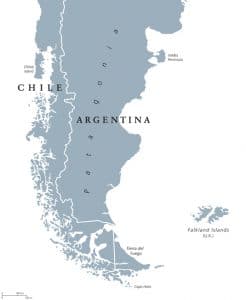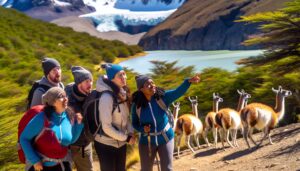Argentina offers a great diversity of landscapes, varied climates, exquisite gastronomy and a very hospitable people who welcome you with enthusiasm and warmth.
When it comes to plotting your itinerary, Argentina always presents something appropriate for every preference, whether you are a wildlife watching enthusiast, a hiking enthusiast, looking for luxurious accommodations or simply enjoy taking in the scenery.
When designing an itinerary in Argentina, it is essential to take into account the wildlife season in the Valdes Peninsula in Patagonia, as well as the weather conditions in both southern Patagonia and northern Argentina.
Itinerary and destination guide
Below I will describe a basic 7-day itinerary, essential for touring Patagonia, and if you have 10 or 14 days, we will be adding destinations:
| Destination | Itinerary 7 days | Itinerary 10 days | Itinerary 14 days |
|---|---|---|---|
| Valdes Peninsula (Puerto Madryn) | x | ||
| Ushuaia | x | ||
| El Calafate | x | ||
| El Chaltén | x | ||
| Torres del Paine | x | ||
| Iguazú | x | ||
| Salta (Northwest Argentina) | x | ||
| Buenos Aires | x | x | x |
- 7 days in Patagonia (intensive itinerary)
- Day 1 – Flight to Península Valdés (Trelew or Puerto Madryn)
- Day 2 – Full day at Península Valdés
- Day 3 – Half day at Punta Tombo Penguin Colony and flight to Ushuaia
- Day 4 – Tierra del Fuego National Park or Harberton Ranch
- Day 5 – Ushuaia Beagle Channel and flights to El Calafate
- Day 6 – El Calafate – Visit to Perito Moreno Glacier
- Day 7 – El Calafate – Navigation to Upsala and Spegazzini Glaciers.
- 10 days in Patagonia – Trekking Included
- Day 10-14 Salta
- Stay in Buenos Aires
7 days in Patagonia (intensive itinerary)
Day 1 – Flight to Península Valdés (Trelew or Puerto Madryn)
Your adventure begins in Buenos Aires and the first stop is either Trelew or Puerto Madryn airport, depending on the flight schedules available for that day.
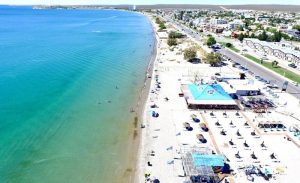
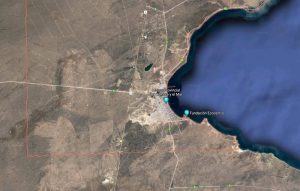
We recommend that you stay in Puerto Madryn, one of the most charming cities in Patagonia, from where we will embark on the respective excursions.
Day 2 – Full day at Península Valdés
The route starts early, considering that you will travel approximately 250 km on gravel roads, with speed limits of up to 80 km per hour.
You will make multiple stops to watch sea lions at the Puerto Pirámides sea lion rookery, elephant seals at Caleta Valdés and, during whale season, you can go whale watching from the shores of the Gulf.
In addition, the Valdes Peninsula is home to an amazing fauna, you will have the opportunity to see Guanacos, Patagonian Choiques, Maras and Martinetas.
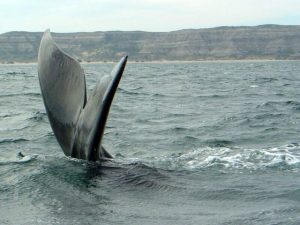
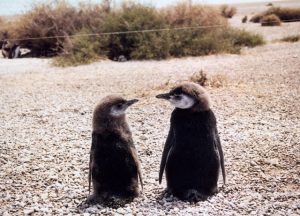
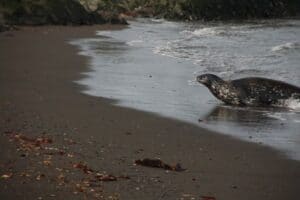
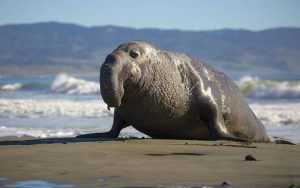
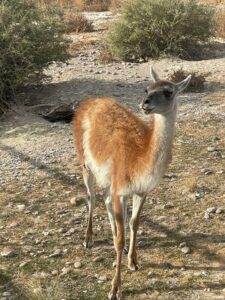
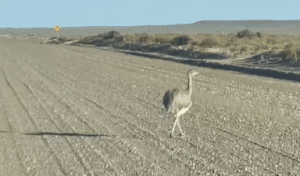
Note: The whale season is from mid-June to early December, the last census counted about 500 whales.
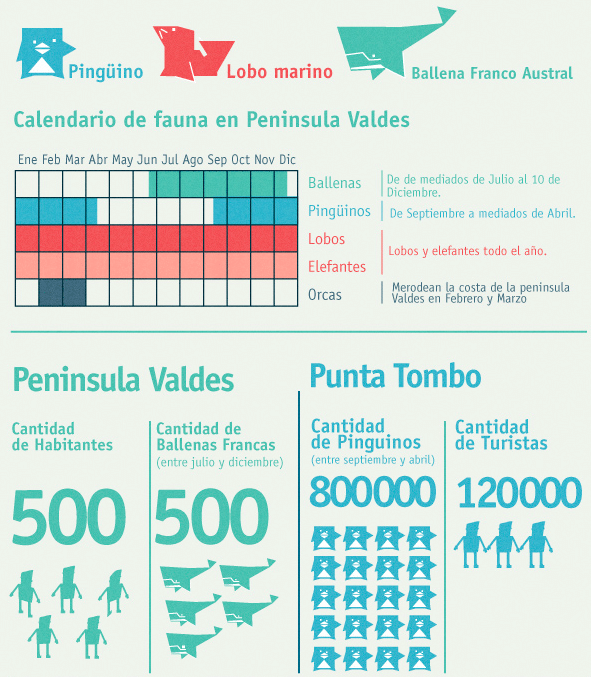
Day 3 – Half day at Punta Tombo Penguin Colony and flight to Ushuaia
It is necessary to leave early from Madryn to Punta Tombo since you have to cover almost 200 kilometers, so it is worth optimizing the itinerary to visit the largest colony of penguins that in high season has almost 700,000 specimens.
An option to optimize the itinerary is to take the flight from Trelew to Ushuaia or El Calafate that same day on the way back from the Pingüinera.
Note: During the winter there is little point in visiting Ushuaia as it is snow covered and excursion options are limited.
Note 2: Ushuaia has excellent hotels, if you want to treat yourself to luxury and stay in a hotel with Spa, this is the ideal place.
Day 4 – Tierra del Fuego National Park or Harberton Ranch
The first full day we have in Ushuaia and I recommend you to do something different from what is commonly known. Ushuaia is a very beautiful place but it has had a lot of marketing for activities that sometimes are not worthwhile, such as the End of the World Train or the visit to the Ushuaia prison.
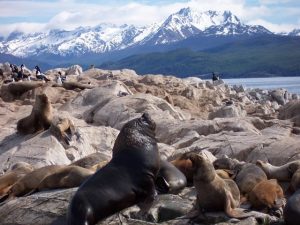
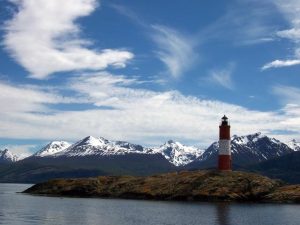
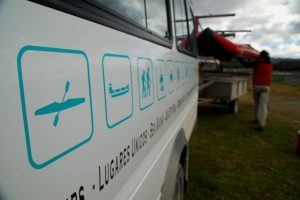
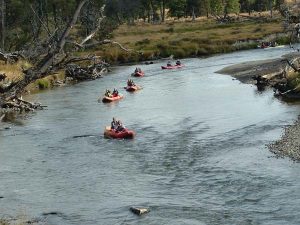
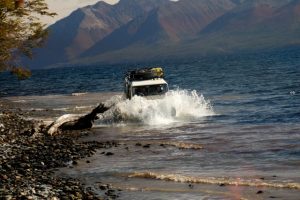
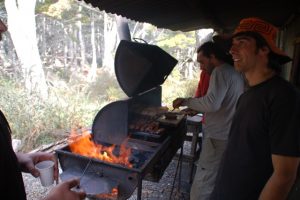
As a replacement, I recommend these excursions:
- Visit to the Harberton Estancia with penguin colony
- Visit to Tierra del Fuego National Park in Canoas.
Day 5 – Ushuaia Beagle Channel and flights to El Calafate
As the traditional navigations are short, it is convenient to do half a day of navigation and at midday, mid-afternoon to take a flight to El Calafate.
Connection to Antarctica: Note that Ushuaia is the departure port for the 10-day cruises to Antarctica or the Australis exploration cruises that take you to Punta Arenas – Chile.
Day 6 – El Calafate – Visit to Perito Moreno Glacier
And then it was time to visit the majestic Perito Moreno Glacier.
You will have to travel about 60 kilometers from the village to the glacier walkways, which are the balconies from where you can see the giant mass of ice.
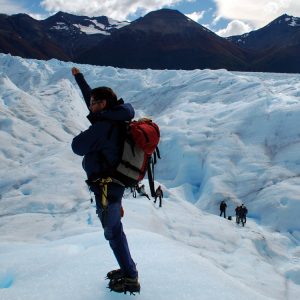
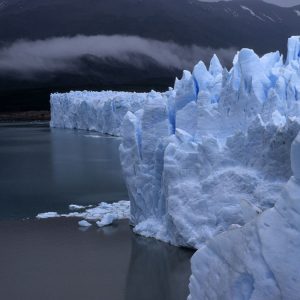
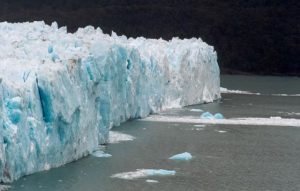
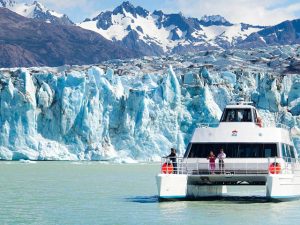
That same day you can take advantage of it to do some of the optional excursions in the area as the Minitrekking on the part that rests on the land of the Perito Moreno Glacier or the so-called Big Ice that gets you deeper into the glacier, in this case you have to use crampons and at times you can go tied (in case there is a lot of wind).
But something quieter … You can sail and approach the icebergs of the Perito Moreno Glacier.
Day 7 – El Calafate – Navigation to Upsala and Spegazzini Glaciers.
This day complements the previous one… there are about 80 glaciers in the area and that you only see the Perito Moreno Glacier is a pity.
That is why I recommend that you sail the northern arm of Lake Argentina to see the Upsala Glacier, one of the widest in the world, and the Spegazzini.
The sailings can be a bit massive so I recommend you try to book a small boat (which are usually more expensive for this reason).
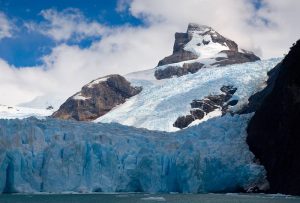
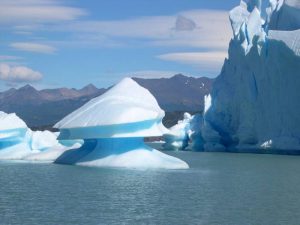
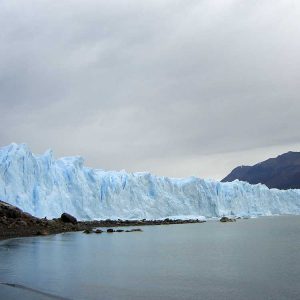
10 days in Patagonia – Trekking Included
If you like trekking and you have the possibility of adding 3 days to your trip, while in El Calafate you can travel by bus to the trekking area of Los Glaciares National Park in Argentina.
Day 8 – 10 El Chaltén or Torres del Paine (Chile)
El Chalten is a small town with beautiful views of Mount Fitz Roy and provides everything you need to stay and stock up while trekking.
There is an 8-hour trail to the base of Mount Fitz Roy and a 3-hour trail to the Cerro Torre viewpoint. Both are over 3,000 meters.
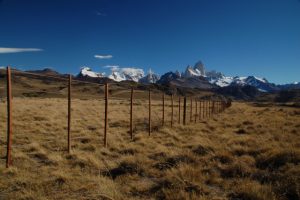
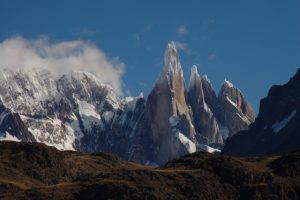
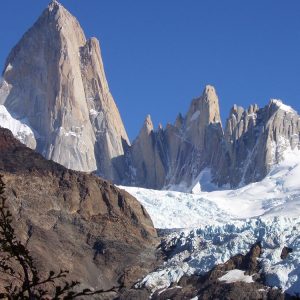
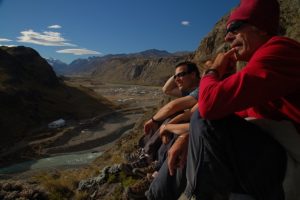
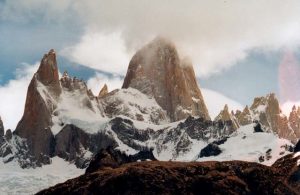
Torres del Paine
This beautiful park of more than 170,000 hectares is located 5 hours by bus from El Calafate but it is very difficult to access so you have to plan your trip inside the park privately.
In addition, since there are only 3 accommodations, they are usually very expensive. A good option may be to stay in the town of Puerto Natales, which is very nice and close to the park.
The trekking options are an 8 hour trip to the base of the Torre del Paine or more complex circuits such as the W del Paine which is several days walking and touring the park.
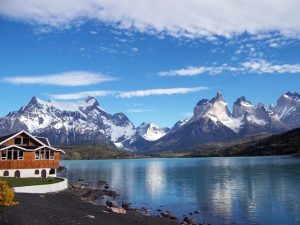
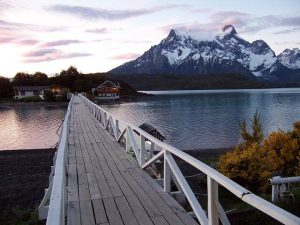
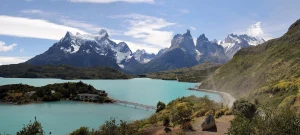
Other options:
Lakes Region
From both El Calafate and Punta Arenas (Chile) you can fly to Bariloche or Puerto Montt which connects you to the Patagonian lakes area.
I must admit that the Chilean part is the one I like the most with the Chiloé Island and the town of Puerto Varas… but whatever option you choose to enter then you can do the lake crossing from one country, where you are basically crossing between both countries through lakes connected to each other.
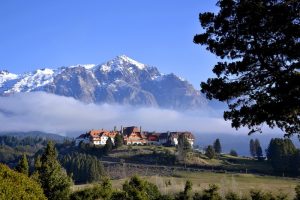
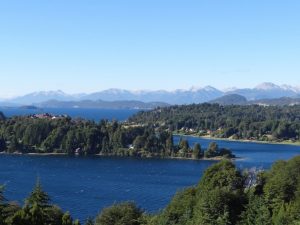
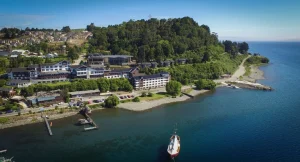
14 days in Patagonia and the North (Iguazú or Salta).
This is something I love… being able to combine the south and the north.
To be able to go from the arid steppe of Patagonia to the Atlantic rainforest of the Iguazú is something spectacular.
And you can also go from 15 to 35 degrees in 3 hours of flight.
That is why it is so difficult to pack for a 14-day trip through Patagonia that includes the south and the north.
Day 10-14 Iguazú
Depending on the flight you take from Buenos Aires to Iguazú, your itinerary in the area will depend on the flight you take.
First of all you have to take into account that the Argentinean side of the falls is the largest, with 3 circuits to go through (all 3 are worthwhile as you can access different falls that otherwise would not be seen) that can take you the whole day.
And on the Brazilian side, half a day is enough. Half a day that most of the time you will be moving and doing the paperwork to cross the border.
I’m not a big fan of the Brazilian side, unfortunately they have made a kind of Disneyland on the other side… that’s why I will always recommend you to spend more time on the Argentine side than on the Brazilian side.
A very interesting option (if you can afford it) is to stay at the Meliá de Iguazú hotel, which is inside the Argentine National Park, that allows you to leave early in the morning and be the first to enter the park, you will be alone with the Falls.
During the high season from December to March, the walkways leading to the falls are very crowded.
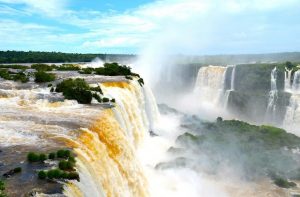
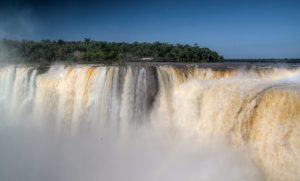
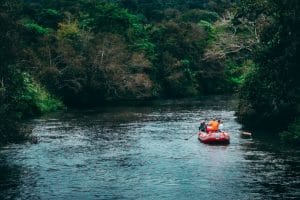
Finally, I recommend you to see more of the landscape, do not stay only with the waterfalls because the province of Misiones offers much more.
- Kayak down the Paraná River and walk through the jungle.
- Excursion south to the Jesuit Ruins.
- Visit the Moconá Falls.
Day 10-14 Salta
Salta “la linda” as we call it in Argentina is a beautiful and colonial city that serves as Hub to visit the Humahuaca Gorge in northern Argentina:
- The train of the clouds.
- The Quebrada de Humahuaca.
- Crossing into Chile to the Atacama Zone.
- Visit the small town of Iruya.
Then we head south to Cafayate, a very beautiful area of vineyards that can be accessed through the spectacular “quebrada de las conchas” (gorge of the shells).
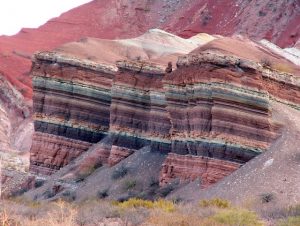
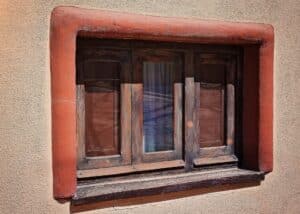
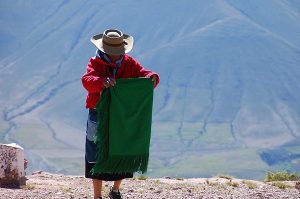
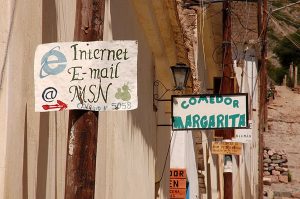
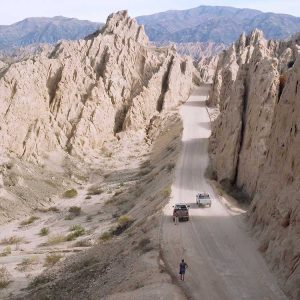
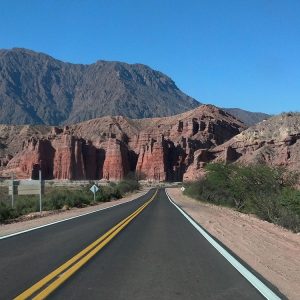
Stay in Buenos Aires
Throughout your trip you will be in and out of Buenos Aires, Argentina’s capital city.
The most important thing for your stay in Buenos Aires is the neighborhood where you will be staying as some places are not safe.
I recommend staying in the Recoleta area (the high society neighborhood of Argentina) which is very well connected to the airport by domestic flights or in the Palermo neighborhood (alternative neighborhood of Buenos Aires) where you can get hostels or AirBnB at a good price.
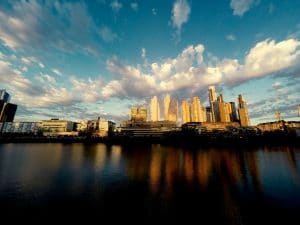
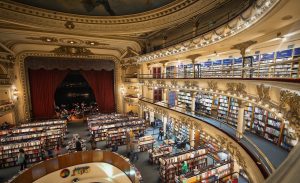
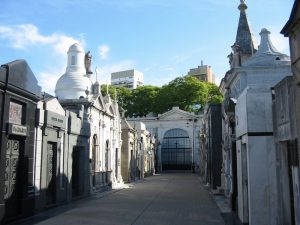
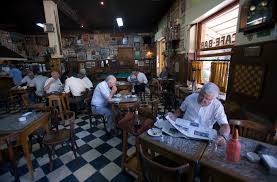
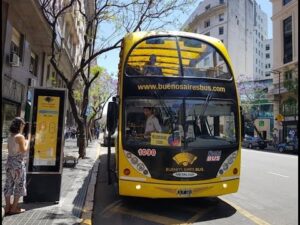

For your stay I am going to recommend 3 things:
The Hop on Hop Off bus: you probably know it because you have seen it in other cities around the world. In Buenos Aires it makes sense to use it because the distances are really long… you will be visiting the area of Puerto Madero, La Boca, Palermo… the distances are really long.
A tango show: although it sounds a bit cliché and the shows are usually oriented to tourism… the quality of the choreography and the dancers is incredible and the food is also very good. Remember that it is a Show not a Milonga where the locals dance.
If you are interested in history and taking advantage of the fact that you are in the capital of Argentina, I recommend that you visit the Recoleta Cemetery You can take a guided tour since all our national heroes are buried there and you will be able to make a journey through the history of Argentina, or if you are interested in the incredible economic history of our country, you can visit the Mint Museum. In addition, Buenos Aires also has a Latin American art museum and a fine arts museum where a large number of works by Latin American artists are displayed.
Well this has been all for this extensive article that aims to guide you in the preparation of your trip to Argentina.
As you have seen, the distances are long and it is worth thinking about the itinerary well, otherwise you may be going around in circles, repeating destinations and spending money pointlessly.
I am dedicated to organize tailor made trips in Argentina, if you need help do not hesitate to contact me.
My organised trips to Patagonia
In the carousel below you can see already assembled itineraries for inspiration, click on the one you are interested in and ask me for a quote.
Compact trip through the southernmost Argentinean Patagonia: Ushuaia and El Calafate
Enjoy the 3 most relevant ecosystems in Argentina: The End of the World, The Glaciers and the Iguazu Falls.
Trip to Patagonia Argentina in 7 days touring the most beautiful landscapes of Patagonia Argentina (Peninsula Valdés & El Calafate)
The Carretera Austral by rental car is probably one of the most spectacular routes in Patagonia, designed to be travelled with plenty of time in your rental car.
Tour along Route 40 in Patagonia, starting on Route 3 on the Atlantic coast and continuing along Route 40 until reaching the Andes Mountains and El Calafate.
The Australis Cruises are Expedition Cruises that sail through the Strait of Magellan and the Beagle Channel, exploring one of the most beautiful and unspoiled regions of the world such as Patagonia and Tierra del Fuego.
The Antarctic Cruise aboard the MV USHUAIA offers you an incredible introduction to the 'White Continent' at a reasonable price.



